Today, we are looking at the life and career of Pop Art artist, Andy Warhol.
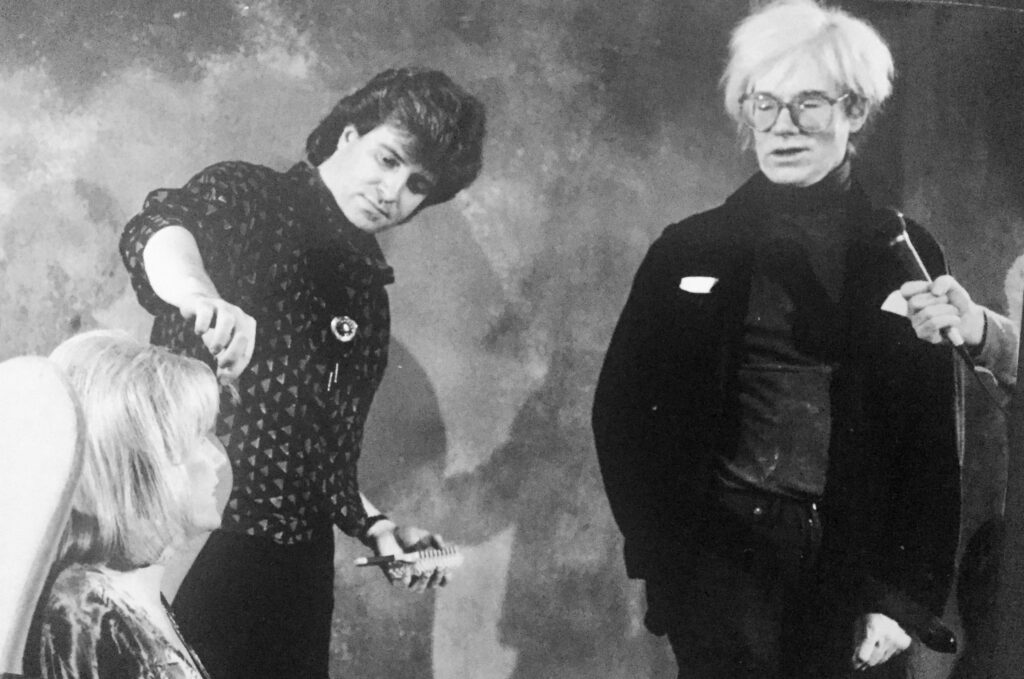
Born Andrew Warhola in 1928, Andy showed an interest in art at an early age. His upbringing in Pittsburgh was filled with economic hardships but his family encouraged him to take art classes. When he was a child, he suffered a nervous system disorder that required him to be homebound for months. While he was recovering, his mother gave him art supplies, comic books, and magazines. After he recuperated, he attended art classes at Carnegie Museum and went on to study art at the Carnegie Technical Institute. Andy graduated in 1949 with a degree in Pictorial Design. Shortly after graduation, Andy moved to New York City to start a career as a commercial designer. One of his first jobs was illustrating styles for Women’s shoes in Glamour magazine, which brought him critical acclaim. In 1952, Andy won several awards for his designs. During the 50s, he worked for Harper’s Bazaar, Bergdorf Goodman, Tiffany & Co and Columbia Records. While working at prestigious companies, Andy began to develop his unique style using a wide variety of motifs. A technique that was getting him more work was his jagged blotted line. This technique is applied when you press paper to a wet ink drawing to create a blotchier duplicate. With the money he was making with his illustrations, Andy bought a townhouse in the upper east side.
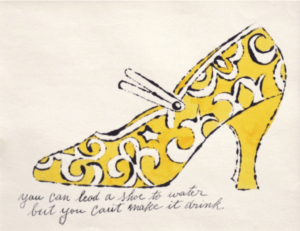
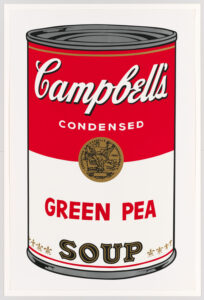
Also in the late 1950s, the Pop art movement was gaining popularity. Andy tried to get some of his artwork into some exhibitions, but the other Pop art creators thought he was too out there. He was rejected consistently, until he decided to paint a Campbell Soup can. Irving Blum of the Ferus Gallery in Los Angeles saw the paintings when he visited Warhol. After seeing a few of the paintings, he offered Warhol a solo exhibition. For the Gallery, Andy created 32 different Campbell’s Soup Cans. The Cans were slightly different to mimic the mass production economy. For the next steps of his career, Andy experimented with mechanical reproduction, primarily using the photo-silkscreening technique. He perfected his style and it brought him to an artistic breakthrough. To accommodate his growing output, Andy rented a loft on East 47th that he named The Factory. In the Factory, he bought a movie camera and made moving portraits. The first public exhibition was held in 1964 at the Stable Gallery. While he didn’t sell a lot of product, it was well reviewed by fashion critics. Also in 1964 was the end of his series, Death and Disasters. The series highlighted the darker side of the American lifestyle. One of the most famous portraits was of Marilyn Monroe.
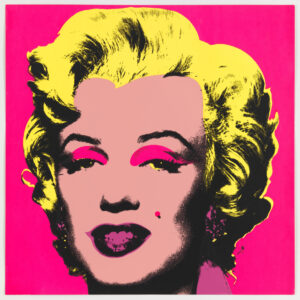
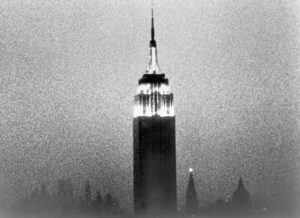
“When you see a gruesome picture over and over again, it really doesn’t have any effect.”
Warhol retired from painting and moved onto filmmaking. In total, he produced around 650 underground films. A successful film, The Cheetah Girls (1996) is considered to be an early take on reality tv. The movie showed the daily lives of some of the famous New Yorkers of the period. Warhol also filmed and directed live performances of the Velvet Underground, using psychedelic lighting. He is also a producer on their first album. Warhol returned to portraits in the 70s and 80s capturing the wealthy and upper class. Throughout the later part of his career, Andy kept various polaroids and cameras to capture his life.
Andy Warhol died suddenly in February 1987 from complications from a gallbladder surgery. Warhol was 58 when he died. His mass was held at St. Patrick’s Cathedral where thousands of mourners came to pay respects. For most of his life, he was fascinated with death and used it in his artwork. In Warhol’s will he created the Andy Warhol Foundation that would dedicate the advancement of the visual arts.
Learn More
Warhol Diaries, Netflix documentary
Andy Warhol: Polaroids 1958 – 1987
References
https://www.nga.gov/artists/1966-andy-warhol
https://www.moma.org/artists/6246-andy-warhol
https://www.guggenheim.org/artwork/artist/andy-warhol
https://www.newyorker.com/magazine/2020/06/08/untangling-andy-warhol
https://www.artic.edu/exhibitions/2937/andy-warhol-from-a-to-b-and-back-again
https://whitney.org/artists/1384


Recent Comments